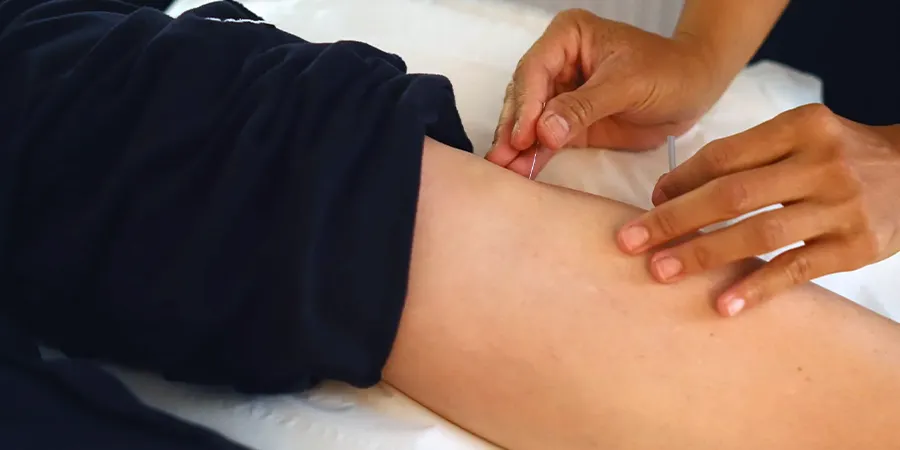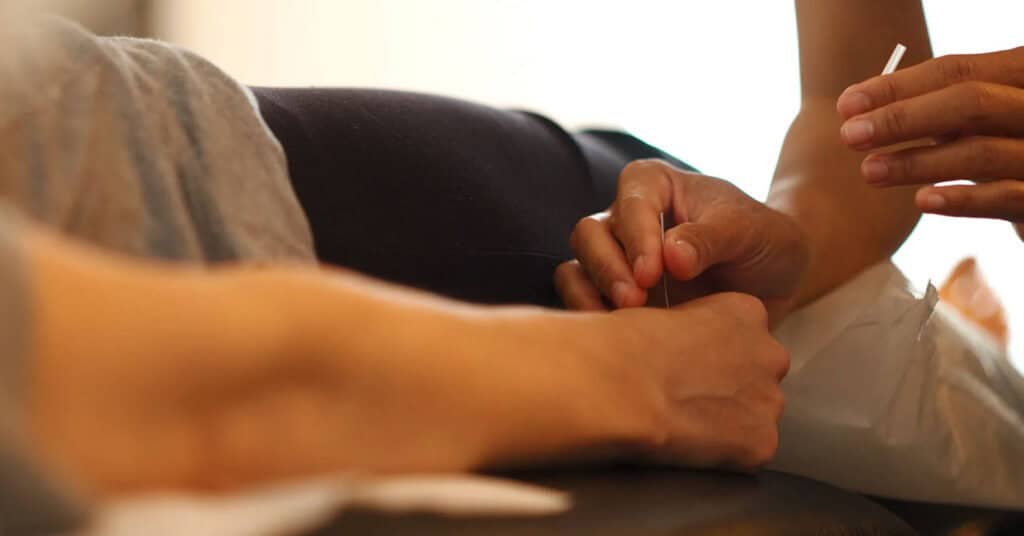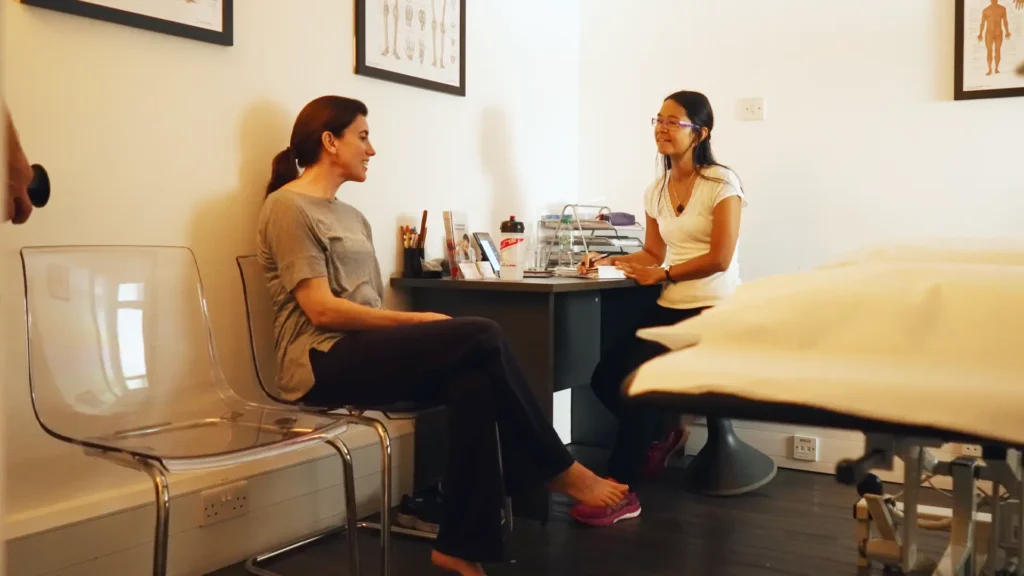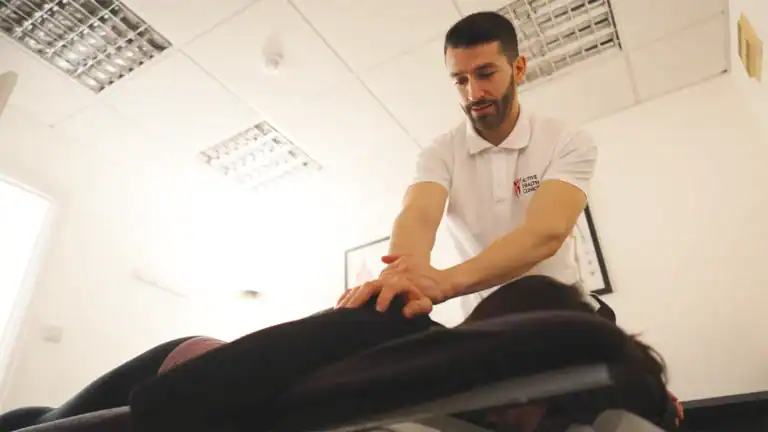Acupuncture is an ancient healing method that has been practiced for thousands of years, offering relief for a wide range of physical, emotional, and mental conditions. Yet, one of the most common questions acupuncturists encounter is also one of the hardest to answer: “how many treatments will I need, and how will I know if it’s working?”
As an acupuncturist this question is both valid and challenging. Every individual is unique, and so is their response to treatment. Let’s dive into the complexities of this dilemma and explore how both practitioner and patient can navigate the journey of acupuncture with clarity and confidence.

Why is it so hard to predict the number of treatments needed?
1. Individual variability
No two people are the same. Factors like age, overall health, lifestyle, and the severity of the condition all play a role in how quickly someone responds to acupuncture. For example, a healthy person with a recent injury might see results in just a few sessions, while someone with a chronic condition that’s been present for years may need more time.
2. Nature of the condition
Minor acute conditions (e.g. a sprained ankle) often respond faster, sometimes in as little as 1–3 sessions. Chronic conditions (e.g. long-term back pain, migraines, depression or anxiety) typically require a longer course of treatment. It may take 4–6 sessions to start seeing noticeable improvements. Some complex or very long-standing issues may require more than 6 sessions.
3. Lifestyle factors
Diet, stress levels, sleep, and adherence to any additional recommendations from health practitioners (e.g. lifestyle changes, supplements or exercises) can all influence how quickly someone responds to treatment.
General rule of thumb:
For most conditions, I often recommend a period of 3–6 sessions. Regular sessions (e.g. one session per week) often yield faster results. This allows enough time to gauge whether acupuncture is having a positive effect.

How do you know if acupuncture is helping?
It is common to wonder whether the treatment is working, especially when time and money are being invested. Here are some signs to look for:
1. Improvement to symptoms
Pain relief: if you’re receiving acupuncture for pain (e.g. back pain), you may notice a reduction in pain intensity or frequency.
Other symptoms, e.g. insomnia or anxiety: you might experience fewer or less severe symptoms.
2. Improvement to overall well-being
Many people report feeling more relaxed, energised, or balanced after acupuncture sessions. If you notice improvements in your mood, sleep quality, energy level or general sense of well-being, it could be a sign that acupuncture is working.
3. Reduced reliance on medications
You should always consult your doctors. If you’re able to reduce your use of painkillers or other medications after starting acupuncture, it could indicate that the acupuncture treatment is effective.

Setting realistic expectations
- Acupuncture is not a “miracle cure” and may not completely eliminate symptoms, especially for complex or severe conditions. Unrealistic expectations can lead to disappointment, even if the treatment is providing some benefit
- Acupuncture is not a “quick fix” but a process. While some people feel immediate relief, others may experience gradual improvements over time. Patience and consistency are key.
- Acupuncture often requires multiple sessions to produce noticeable results, especially for chronic conditions. If you stop treatment too soon, you may not give it enough time to work.
- Acupuncture works cumulatively. Each session builds on the last, helping to restore balance in the mind and body over time. This means that while you might feel some relief after the first session, the full benefits often become apparent after several treatments.
- If you’ve completed 6–8 sessions and haven’t noticed any improvement, discuss this with your acupuncturist. They may adjust the treatment plan or suggest other therapies that may be more effective for your condition.
- In some cases, acupuncture may work better when combined with other therapies, such as physical therapy (e.g. chiropractic, massage), mind therapy (e.g. counselling, mindfulness), or conventional medicine.
Final thoughts: trust the process
As an acupuncturist, I understand the frustration of not having a one-size-fits-all answer to the question of how many treatments are needed. But this uncertainty is also what makes acupuncture so personalised and powerful. By working together – practitioner and patient – we can navigate the journey, celebrate small victories, and make adjustments along the way.


